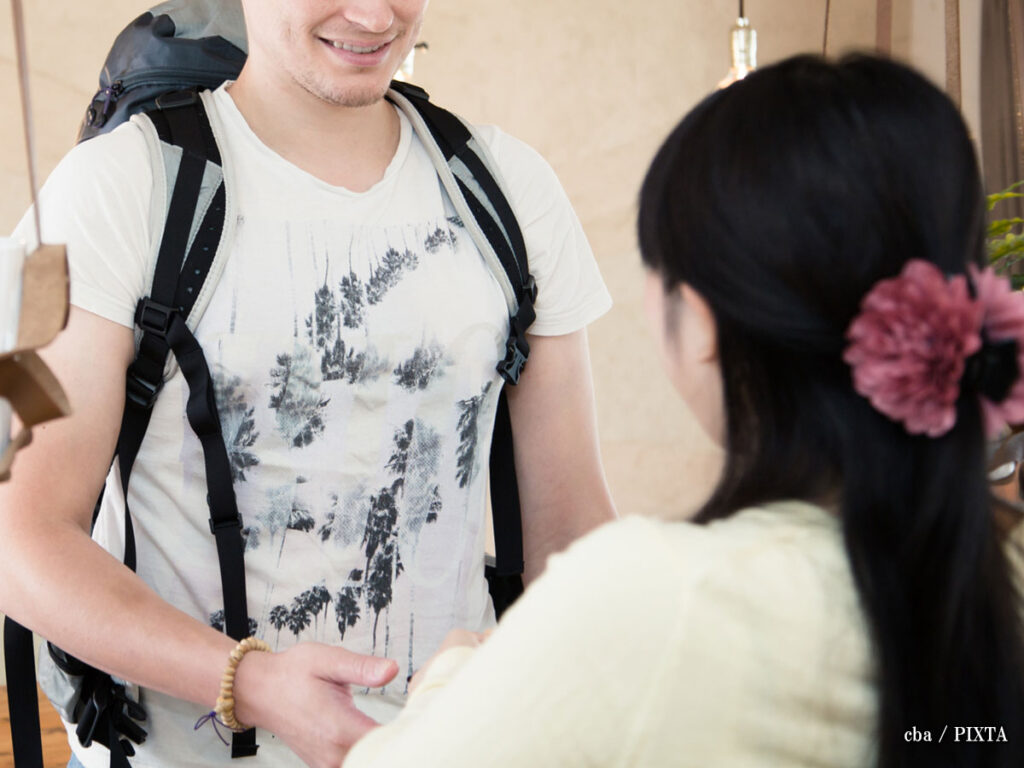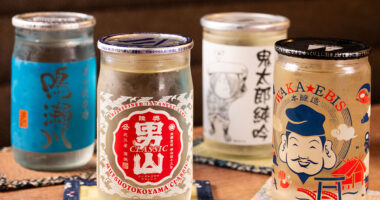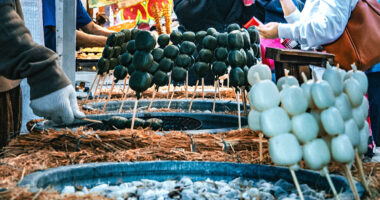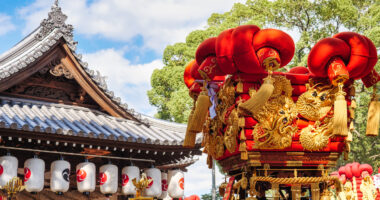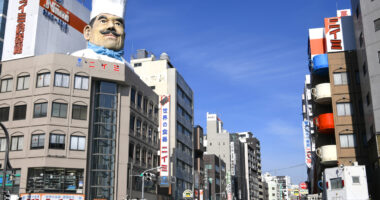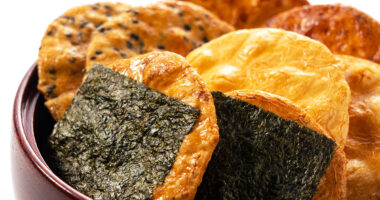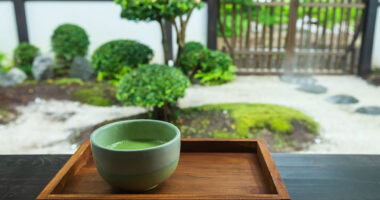You’re stepping off the plane at Narita or Kansai, ready to explore. Welcome to Japan, a country where ancient customs and modern life coexist. You’ll quickly notice a subtle but pervasive element: etiquette.
From the quiet efficiency of public transport to the respectful interactions you observe, understanding these social norms is key to navigating Japan effectively. This curated guide from Umami bites is designed to help you be a respectful and welcomed guest, providing practical insights into Japanese etiquette for a smoother, more engaging trip.
- Bowing right isn't just polite, it's foundational
- Different types of bows and when to use them
- Mastering politeness and honorifics
- Dining etiquette that speaks volumes
- Navigating Japan's quiet code in public spaces
- Trash and cleanliness
- Practical table of common courtesies
- A cultural passport to deeper travel
Bowing right isn’t just polite, it’s foundational
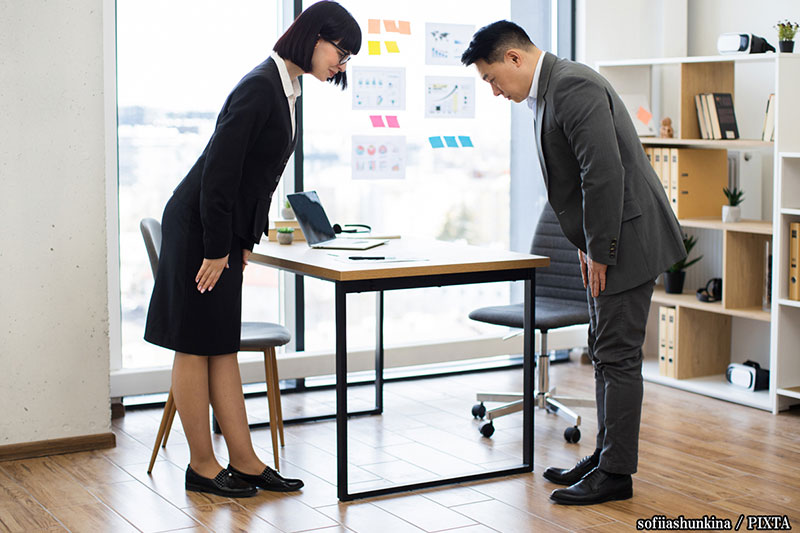
Photo for illustrative purposes
In Japan, bowing is a fundamental form of non-verbal communication, conveying respect, humility, gratitude, and apology. Unlike Western handshakes, a bow is the standard greeting and expression of deference. While precise, it’s not about perfection; it’s about intention. Straight posture, lowered gaze, and a brief pause before rising are key. Tourists who make an effort to bow often find it fosters positive interactions and shows genuine respect. It’s a core part of daily social interaction.
Different types of bows and when to use them
Whether you greet a friend, meet a business partner, or offer a heartfelt apology, the depth and duration of your bow matter. Here’s a little information about types of bows with their duration and situational usage. These are guidelines to convey the level of respect, not strict measurements. For practical purposes, just remember the following: bow slightly in shops, and use a deeper bow for special gratitude or apologies.
| Type of Bow | Degree | Duration | When to Use |
|---|---|---|---|
| light bow | ~15° | About one second | Casual or informal greetings (e.g., in shops or acquaintances) |
| more formal bow | ~30° | Around two seconds | Business settings or meeting someone of higher status |
| very formal bow | ~45°+ | three to four seconds, sometimes longer for very formal occasions | Apologies, deep gratitude, or formal ceremonies |
Quick Tip: When bowing, keep your back straight, hands by your side (or in front if you’re a woman), and avoid eye contact. You can start practicing in the mirror. After all, it’s not about perfection; it’s about intention.
Say “Hello” the Japanese way
Greetings in Japan do more than acknowledge someone’s presence. They reflect your awareness of social roles and the time of day. A simple “hello” carries layers of meaning, and using the right phrase at the right moment can warm hearts and open doors.
Have a quick look at the greetings according to the time of the day:
| Time of day | Greeting in Japanese | Use case |
|---|---|---|
| Morning | Ohayō gozaimasu おはようございます |
Formal “Good morning” |
| Afternoon | Konnichiwa こんにちは |
Casual or polite “Hello/Good afternoon” |
| Evening | Konbanwa こんばんは |
“Good evening” |
Pair your greeting with a gentle bow, and you’ll make an impression that says, “I see and respect you.”
Mastering politeness and honorifics
Language in Japan reflects social hierarchy and respect. That’s why politeness levels and honorifics are essential in every conversation. What you say, how you say it, and even what you don’t say — these all speak volumes.
When addressing people, it’s customary to attach honorifics. (And no, this isn’t optional.)
Most common honorifics
- -san: Neutral and respectful. Suitable for almost everyone in daily conversation, regardless of gender or age.
Example: Instead of “Takahashi,” say “Takahashi-san.” - -sama: Very polite and formal. Used in business settings for clients or to show deep respect.
Example: When addressing a valued customer named Sato, say “Sato-sama.” - -kun: Often used for younger males, subordinates, or close male colleagues.
Example: A senior might refer to a junior colleague named Hiroshi as “Hiroshi-kun.” - -chan: Affectionate and informal. Commonly used with children, close friends, or loved ones (often female).
Example: A parent might refer to their daughter named Yui as “Yui-chan.”
These tiny suffixes carry tremendous weight in preserving harmony. More clearly, they’re not just suffixes; they’re social cues. Therefore, not using those means you’re dropping someone’s title at a formal banquet. Finally, honorific suffixes should never be used for yourself. Some anime characters may do it, but this is only used as a joke in real life.
Traveler tip: Even if your Japanese is limited, mastering a few Japanese phrases for polite conversation, like sumimasen すみません (“Excuse me” / “Sorry”) or onegai shimasu お願いします (“Please”), can elevate your experience and interactions immensely.
Why does it matter?
Politeness in Japan isn’t an add-on; it’s the default that ties closely with language, gestures, and even silence. Understanding Japanese phrases for polite conversation isn’t just practical; it’s a sign of cultural fluency.
Dining etiquette that speaks volumes
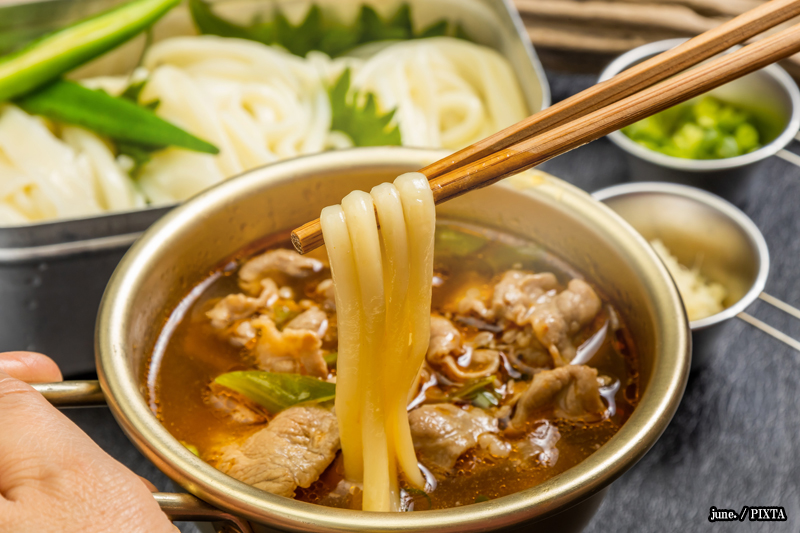
Photo for illustrative purposes
Imagine yourself at the counter of a high-end sushi shop in Osaka; a beautifully plated dish arrives. The chef watches; you’re hungry, but before lifting your chopsticks, you say, itadakimasu いただきます with a slight bow. That moment of pause isn’t just about food; it’s about gratitude.
In Japan, meals are a time for appreciation and respect. From the way you handle chopsticks to the words you say before and after eating, it all conveys respect for the chef, the ingredients, and the experience.
Let’s have a quick look at the two most important phrases to use as part of dining etiquette.
| Phrase | When to use | Meaning |
|---|---|---|
| Itadakimasu いただきます |
Before eating | “I humbly receive” |
| Gochisōsama deshita ごちそうさまでした |
After eating | “Thank you for the meal” |
Dining etiquette doesn’t stop at words. Here are some table manners to remember:
- Don’t rub chopsticks together. It implies they’re cheap.
- Don’t pour soy sauce directly on rice. It’s considered sloppy.
- Use separate chopsticks to take food from shared plates.
- Don’t pour your own drink. Offer to fill others’, and they’ll return the favor.
- Lift bowls to your mouth when eating rice or soup.
- Rest chopsticks on the holder, not in your food, especially upright in rice. It’s a reminder of funeral rituals and is considered very disrespectful at the table.
To learn more about proper chopstick use and avoid common mistakes, particularly 10 common chopstick taboos, check out our detailed guide on “Chopstick Etiquette in Japan: Dos and Don’ts at the Table.” Following these customs shows respect and helps you enjoy your meal like a local!
Bonus tip: Compliment the chef with oishii desu おいしいです!—a sincere “It’s delicious!” You’ll be amazed how that simple phrase, paired with a smile, creates a connection.
Navigating Japan’s quiet code in public spaces

Photo for illustrative purposes
If you’ve ever wondered what it’s like to hear your own thoughts in a crowd, take the Tokyo Metro during rush hour. Even in bustling cities, public spaces are remarkably quiet, and this quiet isn’t awkward; it’s comforting and a collective mindfulness in action. In other words, it’s part of an unspoken agreement that public areas belong to everyone and therefore require mutual respect.
How to blend in? Below are some public behavior guidelines:
| Situation | Behavior |
|---|---|
| On public transport | Keep noise to a minimum. Phone or video calls, playing music or videos, loud conversations, and rowdy behavior are discouraged on public transport. |
| In shrines and temples | Keep conversations soft. |
Trash and cleanliness
When it comes to cleanliness, Japan is impressively clean, and public bins are rare. So, don’t expect trash cans on every corner. Trash cans are often found near vending machines or convenience stores.
Know before you throw
Japan separates garbage meticulously—burnables, non-burnables, and recyclables. So, don’t just toss things out. Carry your trash until you find the correct bin, and sort it when possible.
When in doubt, ask, Kore wa doko ni sutereba ii desu ka? これはどこにすてればいいですか? (“Where can I throw this away?)
These habits may seem small, but they matter a lot.
Gift-giving isn’t just thoughtful, it’s symbolic
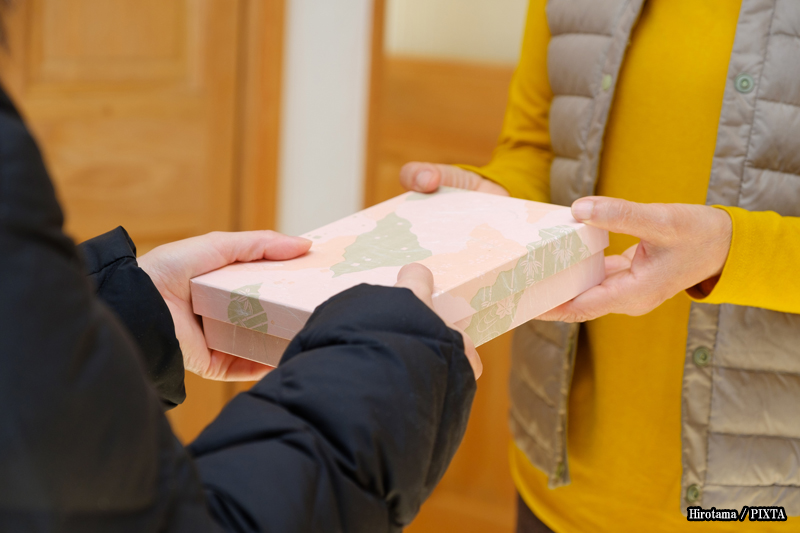
Photo for illustrative purposes
Gift-giving in Japan is practically an art form. It’s a gesture steeped in respect, intention, and unspoken meaning. Therefore, it isn’t about the price of the item but the thought and manner in which it’s presented.
Find out how to do it right:
- Present gifts with both hands, and receive them the same way.
- Offer with a slight bow.
- Apologize modestly as you offer the gift. You can used a fixed expression: tsumaranai mono desu ga… つまらないものですが… (literally, “It’s nothing special, but please accept this.”)
Apart from this, here are some dos and don’ts:
| Do this | Don’t do this |
|---|---|
| Wrap gifts beautifully | Offer a gift in plain or no packaging |
| Research local gift customs | Give gifts in sets of four (4 symbolizes death) or nine (9 is also considered unlucky) |
| Bring souvenirs when visiting homes | Arrive empty-handed |
Practical table of common courtesies
Here’s a compact guide to small actions that leave a big impression:
| Situation | What to say | Why it matters |
|---|---|---|
| Entering someone’s home | Ojama shimasu お邪魔します |
Means “Sorry for intruding” |
| Apologizing | Sumimasen / gomen nasai すみません / ごめんなさい |
Expresses sincere apology |
| Thanking someone | Arigatō gozaimasu ありがとうございます |
Shows deep gratitude |
| Asking politely | Add kudasai at the end ください |
Softens the request |
These small adjustments in language open doors, both literally and figuratively.
A cultural passport to deeper travel
In conclusion, to enjoy your travel experience on a deeper level, embrace these customs and insights. By doing so, you won’t just avoid mistakes; you’ll gain something richer. You’ll engage more fully, you’ll connect more deeply, and perhaps most beautifully, you’ll become not just a tourist in Japan, but a part of it, if only for a moment.
Wrap up your journey with respect
Circling back, understanding essential Japanese etiquette for tourists isn’t just about avoiding faux pas; it’s about elevating your experience. It’s about connecting, honoring, and immersing yourself in a culture that holds deep respect at its core.
So, from bowing to gifting, from subway silence to honorifics, every action is a thread in the larger tapestry of Japanese life. Well, once you learn to read that tapestry, your journey becomes so much more than sightseeing. It becomes understanding.
Now that you know how to move respectfully through Japan, why not learn how to connect on a personal level, too? Check out our article: “Japanese Phrases for Social Interactions: Making Friends and Connections,” and turn etiquette into real relationships.
